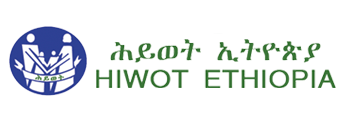Education Matters More! Specially for Girls
Education matters more, especially for girls, project builds upon the success of the project “Education matters more, especially for girls”, which was implemented between February 2015 and February 2017. Through strong cooperation between schools, government and community members, that project tackled a range of barriers, which kept girls from going to school or caused them to drop out. As a result, significantly more girls now go to and stay in school and support for girls’ education has increased within the wider community. This follow up proposal encompasses a two-year timeframe, to maintain and strengthen achievements of the previous project, attend…
